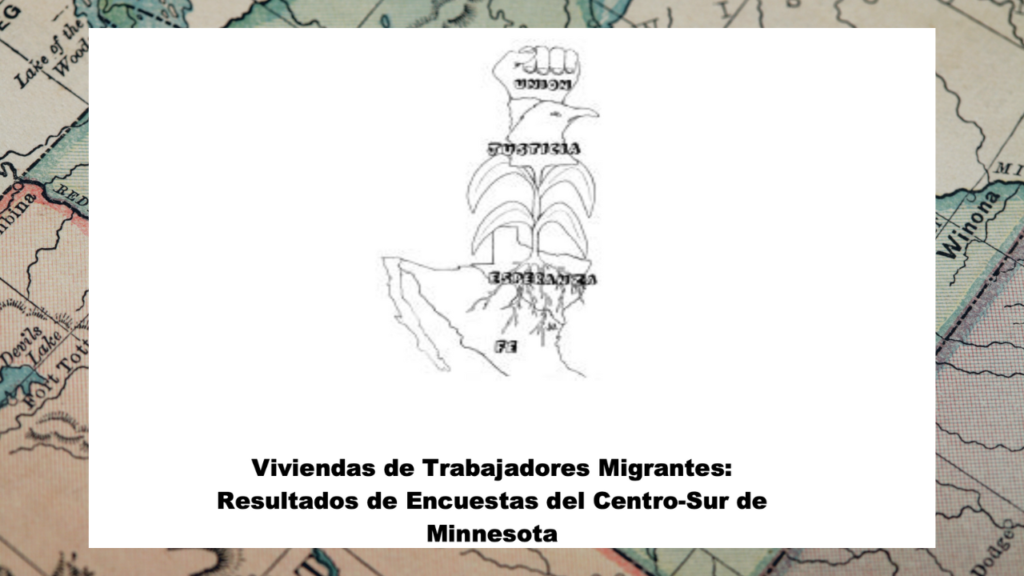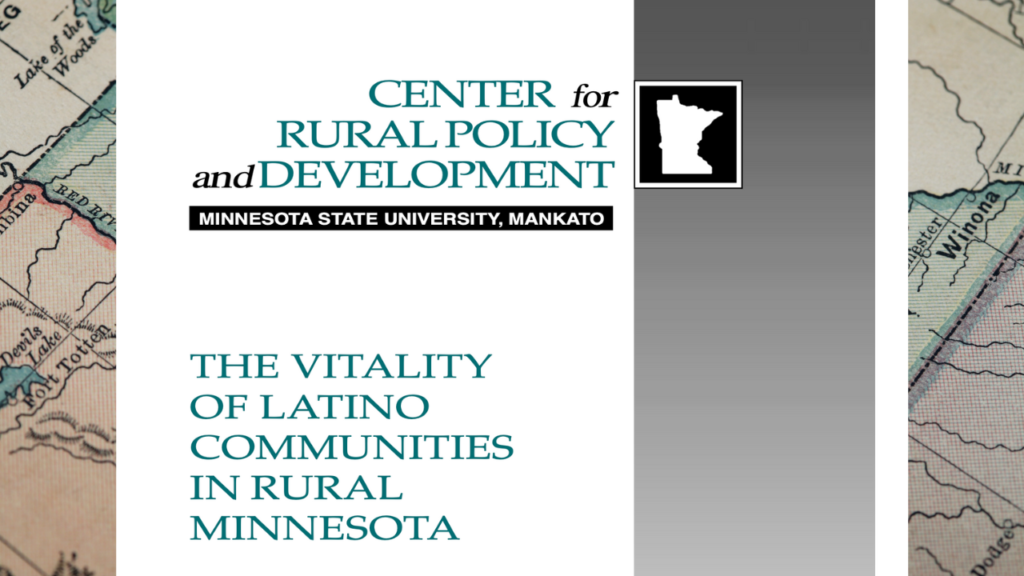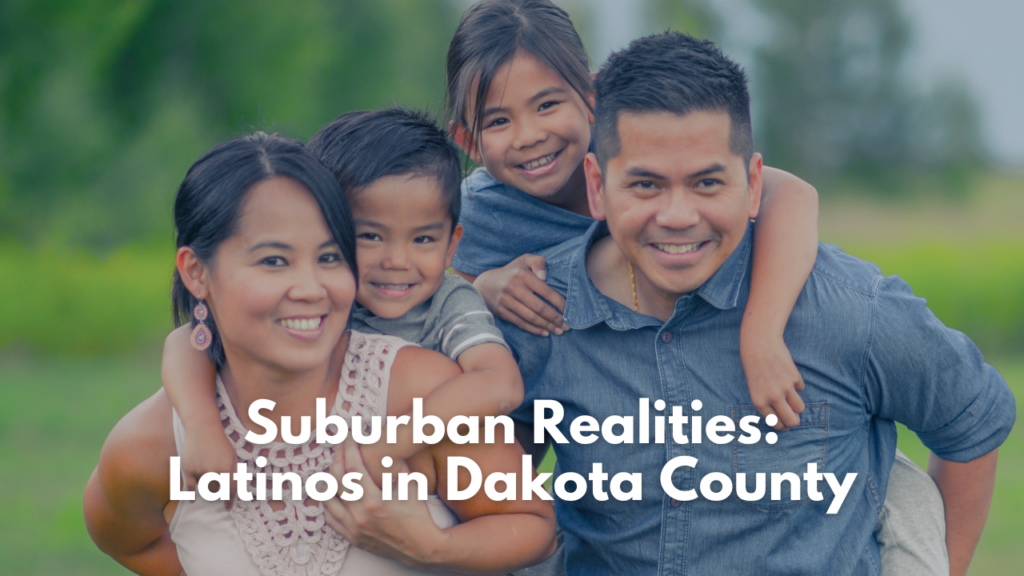Migrant Farmworker Enumeration Estimates And The Assessment Of Migrant Legal Services Needs In Minnesota And North Dakota
Southern Minnesota Regional Legal Services (SMRLS) contracted with HACER to assess the accuracy of available migrant enumeration counts, and to propose a protocol to better assess migrant legal services needs in Minnesota and North Dakota. Specifically, HACER was asked to conduct a review of the current literature on migrant enumeration and examine available population estimates to assess the accuracy of these numbers and report limitations and uncertainties found in the data. Moreover, HACER was asked to develop a survey instrument and a key-informant interview protocol to assess the legal services needs of migrants in Minnesota and North Dakota.










